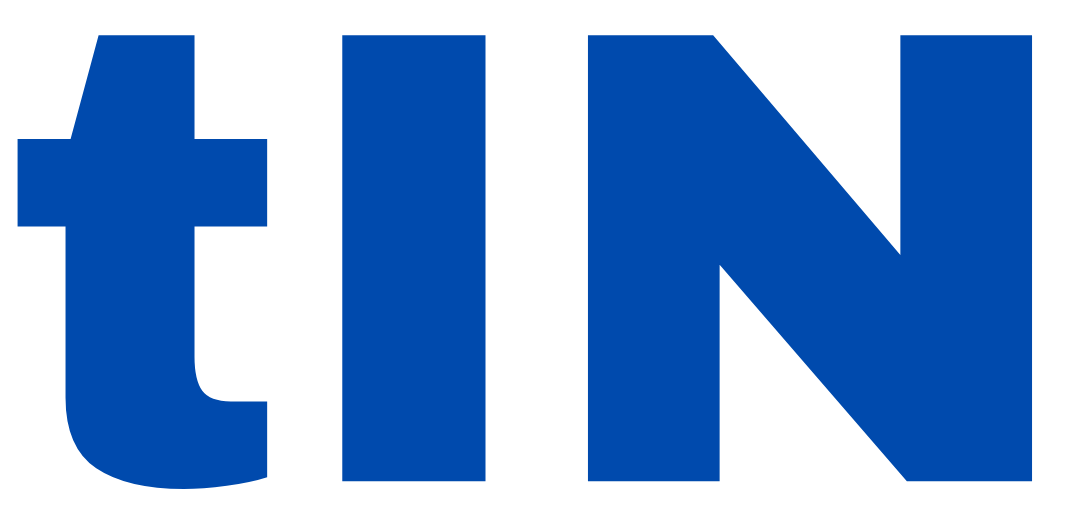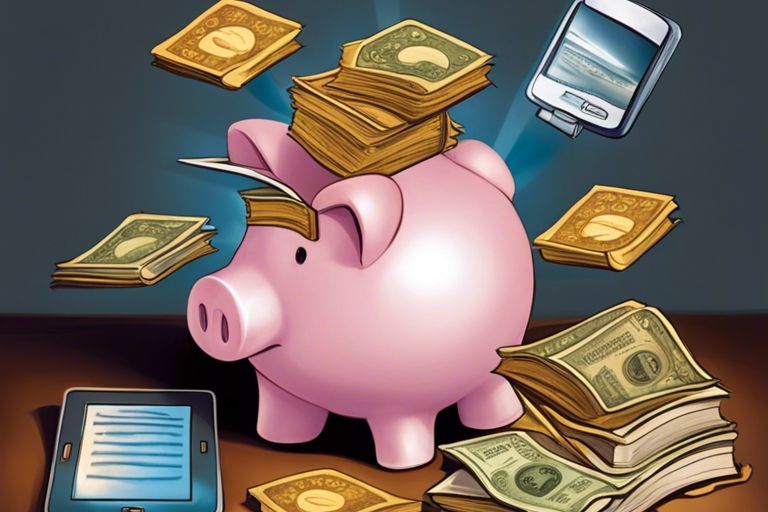Maximizing Your Digital Products – Tips For Increasing Sales And Revenue

Many online businesses today rely on digital products as a key source of revenue. Whether you sell e-books, online courses, software, or any other digital product, maximizing sales and revenue is crucial for success in the competitive digital marketplace. In…
![]()




